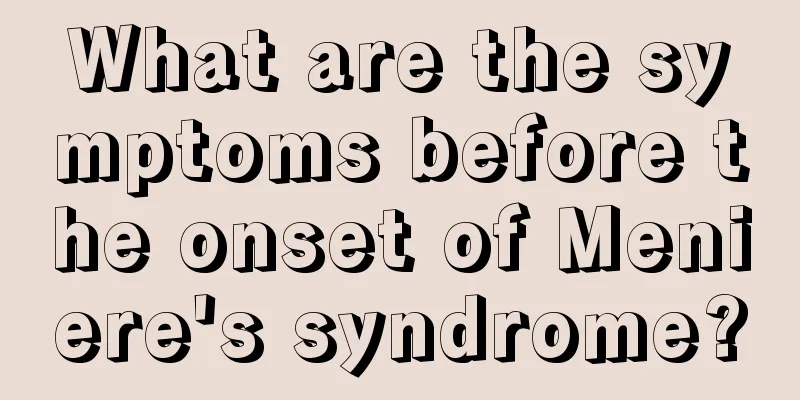What are the liver cancer cell lines

|
With the rapid progress of liver cancer research, liver cancer cell lines have gradually come into people's view. Experts say that in medicine, cell lines refer to cultures with special properties. What are liver cancer cell lines? Let's introduce them in detail. Liver cancer cell strains (CellStrain) are cell groups formed by the proliferation of single cells by single cell isolation culture or screening methods. The special properties or marks of the cell strain must always exist during the entire culture period. After the first successful passage of the primary culture, it becomes a cell line, which is composed of the cell lineage that originally existed in the primary culture. If it cannot be continued to be passed on, or the number of passages is limited, it can be called a finite cell line. If it can be cultured continuously, it is called a continuous cell line, which is cultured for more than 50 generations and indefinitely. Therefore, cell strains are cultured cells with special properties or marks obtained from primary cultures or cell lines by selection or cloning methods. In terms of the number of culture generations, it can be cultured to 40-50 generations. The special properties or marks of the cell strain must always exist during the entire culture period. For human liver cancer cells, those that have been cultured in vitro for more than half a year, have stable growth, and are continuously passaged can be called continuous strains or lines. 1. The cell lines that were derived from primary liver cancer tissues and whose biological characteristics were not changed during the establishment process belong to this category. They have some common features, such as AFP positivity and the ability to secrete some plasma proteins. However, there are also some obvious differences. PLC/PRF/5 and HepG2 have poor tumorigenicity in nude mice, while the xenotransplantation success rate of QGY-7703 and SMMC-7721 is 100%. HBsAg can be detected in PLC/PRF/5, while HepG2 does not contain HBV. 2 What are the liver cancer cell lines? The characteristic human liver cancer cell line is MHCC97, which was established in vitro using the nude mouse human liver cancer high metastasis model. This cell line is positive for HBsAg, HBxAg, and AFP. Both subcutaneous and intrahepatic inoculation can cause tumors in nude mice and cause lung metastasis. For intrahepatic inoculation, the lung metastatic cancer cells are AFP positive. The biological characteristics of the two cells cloned from this cell line are significantly different. An exogenous liver cancer cell line EGHC-9901 can continuously secrete AFP at a high level, form complete bile ducts with obvious microvilli, indicating that the cells have less variation. Some human liver cancer cell lines have other tumors or diseases in their hosts. KMCH-1 is the first mixed cell line of liver cancer and cholangiocarcinoma. This cell line can form tumors in athymic mice, but the degree of differentiation of the formed tumors is different. Subcutaneous transplanted tumors are poorly differentiated, while intraperitoneal tumors are well differentiated. The establishment of RBHF-1 cell line from a patient with hereditary hemochromatosis who is negative for both HBV and HCV is helpful for the study of excessive iron deposition. Mz-Hep-1 is the first cell line derived from carcinogen-related liver cancer. The host of this cell line is exposed to a high concentration of thorium dioxide for a long time and has no hepatitis virus infection. 3. Cell lines artificially transfected with viruses and/or genes. With the development of molecular biology technology, people have transformed the original cell lines according to the preset purpose, thus establishing liver cancer cell lines with established biological characteristics. HB611 is a liver cancer cell line clone of Huh6-c15 transfected with recombinant DNA molecules containing HBV genes and a neomycin-resistant gene. It can aggregate core particles and produce and release HBsAg and HBeAg at high levels. Some people transfected the patient's HCV into SMMC-7721 cells, and the expression of HCVRNA and HCVNS3, CP10 antigens could be detected in the cells for at least 3 months. 4. Human liver cancer cell lines used for therapeutic research This type of cell line is mainly used for drug screening and the study of cell apoptosis mechanisms. |
<<: What are the latest drugs for liver cancer?
>>: What is the metastatic pathway of primary liver cancer
Recommend
What to do about sweet syndrome
Sweet syndrome is a disease that is very difficul...
Which drug is best for treating kidney cancer?
Kidney cancer, also known as renal cell carcinoma...
How to preserve homemade strawberry jam and what are the benefits
Nowadays, many families like to make their own st...
Introduction to eyebrow trimming techniques
In today's society, more and more women who l...
Are ear piercing allergies a symptom of infection?
Nowadays, piercing the ears has become a fashion ...
What are the dangers of using lipstick as blush
Nowadays, many girls use lipstick instead of blus...
What is the correct way to effectively prevent prostate cancer?
Prostate cancer is a malignant tumor that occurs ...
What are the dangers of chronic lung cancer
The incidence of lung cancer has been increasing ...
What are the effective prevention methods for lung cancer? The most effective prevention methods for lung cancer
As we all know, lung cancer has the highest morta...
Massage of the corresponding acupuncture points on the cervical vertebra will no longer cause pain
When people are working hard, they may have cervi...
Why does it still hurt after shingles healed
Shingles is a relatively common disease. Its most...
What plants are suitable for growing on the balcony
Basically, you can grow a lot of plants on the ba...
What to do if your heart beats slowly
A person's heart rate is defined within a ran...
What to do if you have bleeding teeth and bad breath
Bad breath is a problem that many people have. Ba...
What to do if there are wasps at home
In life, there are hornets' nests near many f...









